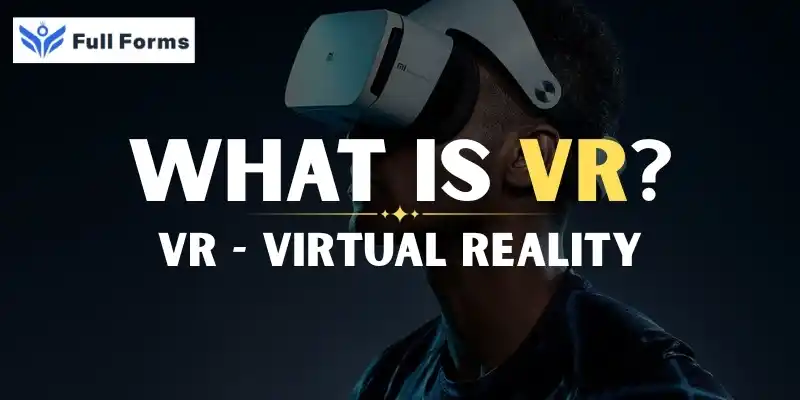Virtual Reality
(VR)

Description
Virtual Reality (VR): A Simple and Comprehensive Guide
Imagine stepping into a world that feels completely real, even though it’s created by a computer. You could explore a distant planet, walk through a historical site, or play a game where you feel like you’re truly inside the action—all without leaving your living room. This is the magic of Virtual Reality, often called VR.
But what exactly is Virtual Reality, how does it work, and why is it becoming so popular? Let’s break it down in clear and simple terms.
What Is Virtual Reality?
Virtual Reality (VR) is a technology that uses computers to create immersive, three-dimensional environments that you can explore and interact with. When you put on a VR headset, you’re transported into a digital world that surrounds you in every direction. This virtual world can be realistic, like a simulation of a city, or completely imaginary, like a fantasy landscape.
Unlike watching a movie or playing a regular video game on a screen, VR makes you feel like you’re actually inside the experience. Your head movements, hand gestures, and even steps can be tracked, allowing you to look around, reach out, or even walk within the virtual environment.
How Does Virtual Reality Work?
The heart of a VR system is the VR headset—a wearable device that covers your eyes and sometimes your ears. The headset contains tiny screens in front of each eye, displaying slightly different images to create a sense of depth, similar to how your eyes work in real life. Built-in sensors track how you move your head, so the view changes naturally as you look around.
Many VR systems also include controllers that you hold in your hands. These let you interact with objects, select items, or move within the virtual space. Some advanced VR setups use extra sensors or cameras to track your movements more precisely, letting you walk or gesture more naturally.
Where Is Virtual Reality Used?
- Gaming: VR games put players right inside the action, creating immersive worlds that respond to your movements and decisions.
- Education and Training: Medical students can practice surgery, pilots can simulate flights, and workers can train for hazardous jobs—all in safe, virtual settings.
- Tourism and Exploration: VR lets people visit faraway places, explore museums, or walk through architectural designs before they’re built.
- Healthcare: Therapists use VR to help patients cope with anxiety, phobias, or pain. Rehabilitation programs use it to make physical therapy more engaging.
- Design and Engineering: Architects and engineers use VR to visualize and tweak their creations before construction begins.
- Entertainment and Events: Virtual concerts, art galleries, or social gatherings are possible in VR, allowing people to connect and share experiences in new ways.
Why Is Virtual Reality Important?
- Immersion: VR can make experiences feel real and immediate, helping users learn, explore, or play in ways that traditional screens can’t match.
- Safe Simulation: Dangerous, expensive, or impossible scenarios can be practiced safely in a virtual environment.
- Accessibility: VR can bring experiences—like travel or education—to people who might not otherwise have access to them.
Challenges and Considerations
- Cost: High-quality VR headsets and computers can be expensive, though prices are gradually coming down.
- Motion Sickness: Some people may feel dizzy or nauseous in VR, especially with rapid movement.
- Physical Space: VR often requires enough room to move around safely without bumping into things.
- Content Availability: While VR is growing, there’s still a smaller selection of content compared to traditional media.
The Future of Virtual Reality
As technology improves, VR is becoming more user-friendly, affordable, and widespread. New advancements promise lighter headsets, better graphics, and more intuitive ways to interact with virtual worlds. Many experts believe VR will play a big role in education, communication, entertainment, and even everyday work in the years ahead.
Conclusion
Virtual Reality is transforming how we experience digital content, offering immersive worlds that feel real and interactive. Whether for fun, learning, or work, VR opens up new possibilities to explore, create, and connect. As VR continues to evolve, it’s likely to become an even bigger part of our daily lives—bringing the extraordinary within reach for everyone.
